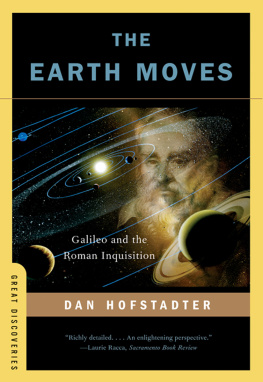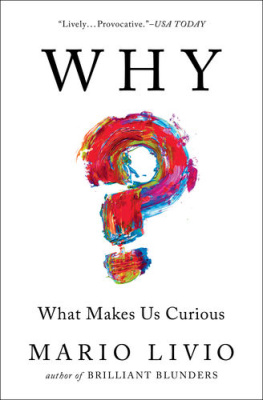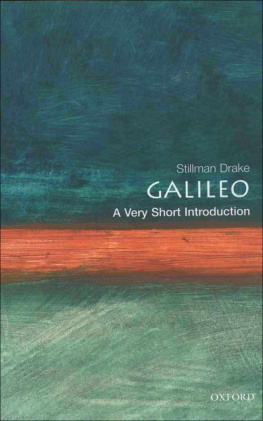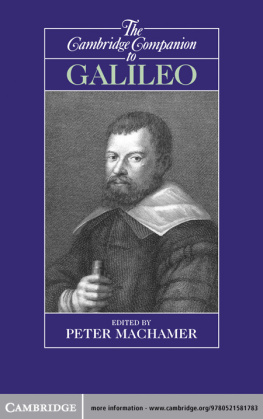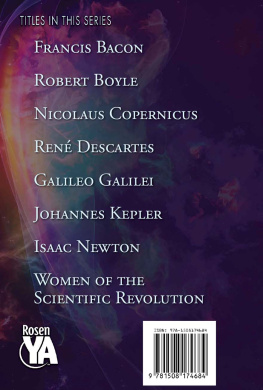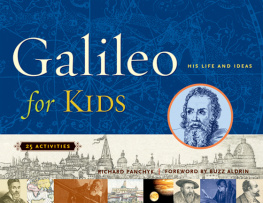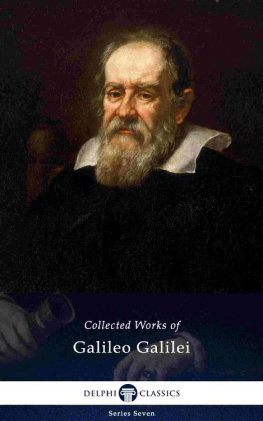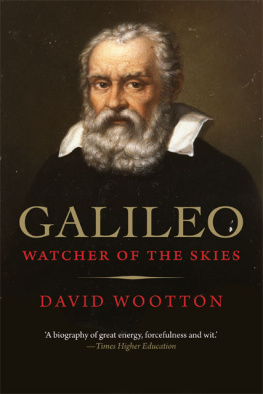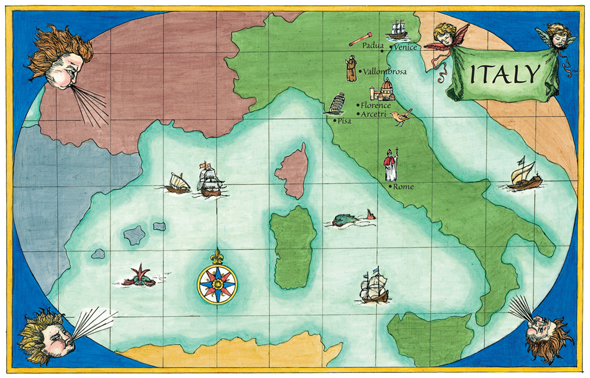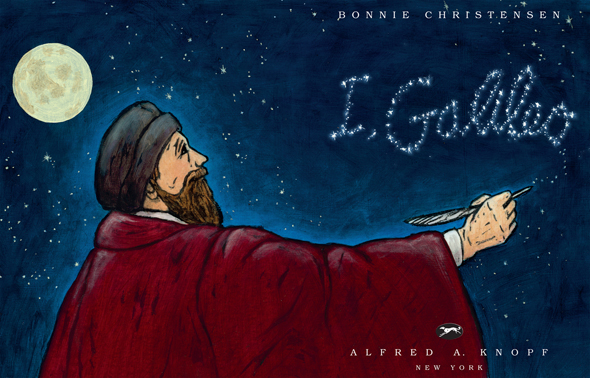This is a Borzoi Book Published by Alfred A. Knopf
Copyright 2012 by Bonnie Christensen
All rights reserved. Published in the United States by Alfred A. Knopf, an imprint of Random House Childrens Books, a division of Random House, Inc., New York.
Knopf, Borzoi Books, and the colophon are registered trademarks of Random House, Inc.
REFERENCE
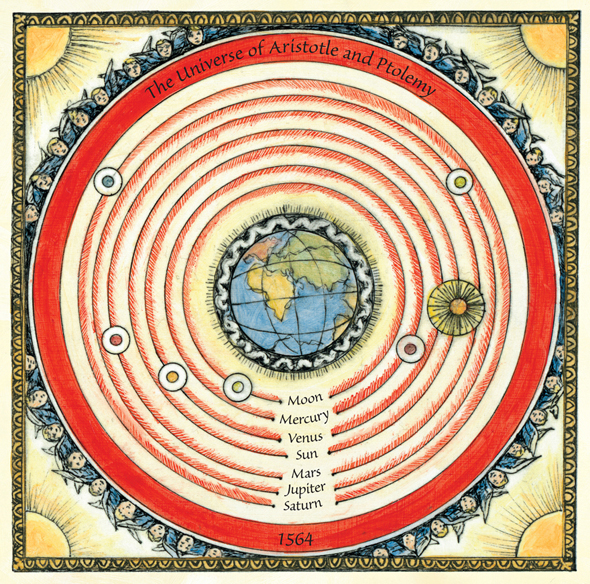

I magine a world with no clocks, thermometers, or telescopes. A world where everyone believes the earth stands still as the enormous sun travels around it once each day.
This was the world in 1564, the year of Galileos birth. This was the world in which Galileo conducted scientific experiments by devising his own methods to keep time and measure distance.
Though Galileo believed his most important work involved moving objects, his real fame came from observing the heavens. No one had ever seen the surface of the moon, the phases of Venus, sunspots, or the moons of Jupiternot until Galileo developed his telescope.
Through observation, experimentation, mathematics, and a great deal of ingenuity, Galileo made extraordinary scientific discoveries. The question was whether the rest of the world was willing, or ready, to listen.
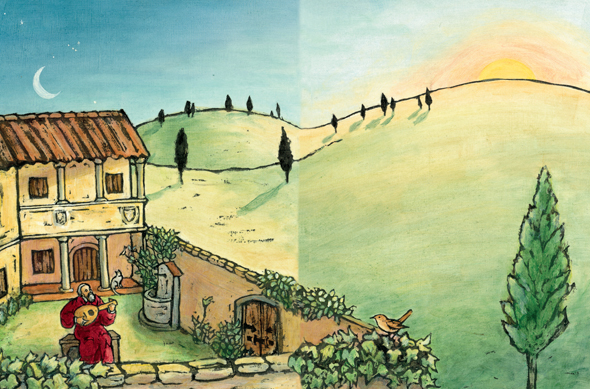
I, Galileo Galilei, am old and can no longer see, but there was a time when I saw all the way to the starsthe moon, the planets, the sun. Their movements showed me a truth. A truth so profound it changed how we looked at the entire universe. A truth so unpopular it would get me into a world of trouble.

Now I am a prisoner, condemned to stay within these walls until the end of my days. I play the lute and listen for the nightingales song to tell me night has fallen. Though Im ending in darkness, I clearly recall the sun-filled hours of my early years.
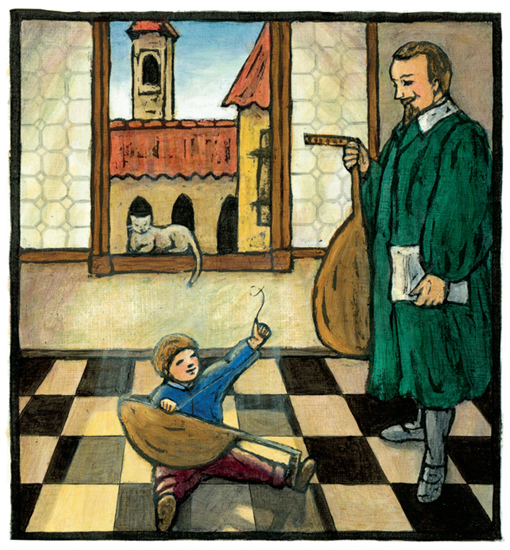
I was the first child, center of my parents universe. Life revolved around me. The lute tunes played by Fathers students drifted in; light filled the room, then faded. As time passed, our family grew; noise and music echoed through our house in Pisa.
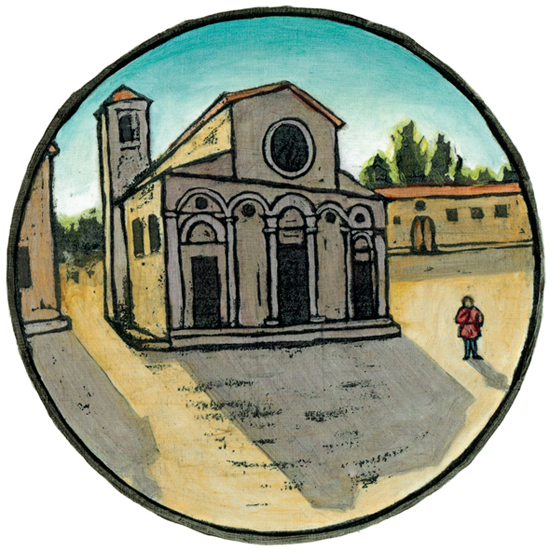
Season after season I watched the shadow of Saint Andrews Chapel creep across the plaza and wondered why the shadows shape changed a bit each day.
Father taught me music and mathematics and showed me how the two are joinedmusic theory! His revolutionary views challenged musical tradition and angered authorities.
A person must be allowed to ask questions, he insisted, and seek answers in search of truth.
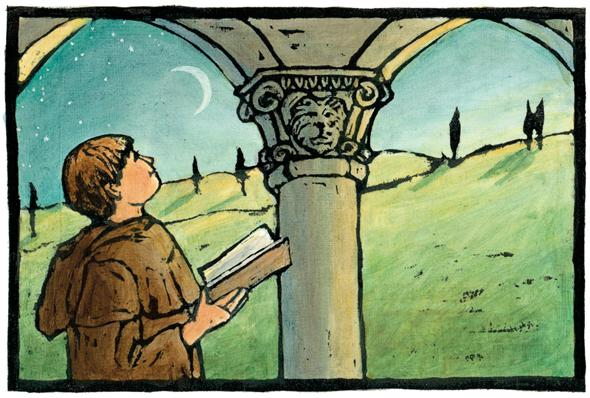
At eleven, I was sent to the monastery at Vallombrosa for a formal education. The pious, scholarly life suited me, and so I decided to become a monk.
Father quickly put an end to that idea. Back to Pisa with me! An education in medicine at the university awaited, and a lucrative future as a doctor. Or so Father thought. Mathematics lured me, medicine bored me. After a few years and many disagreements, I left the university with no degree at all.
But like a clever cat, I landed on my feet. At my familys home, now in Florence, I helped Father with his musical experiments. I taught mathematics and gave public lectures, which proved very popular. So popular, in fact, that I was offered a teaching job at the University of Pisa. Yes! The same university Id left without graduating.
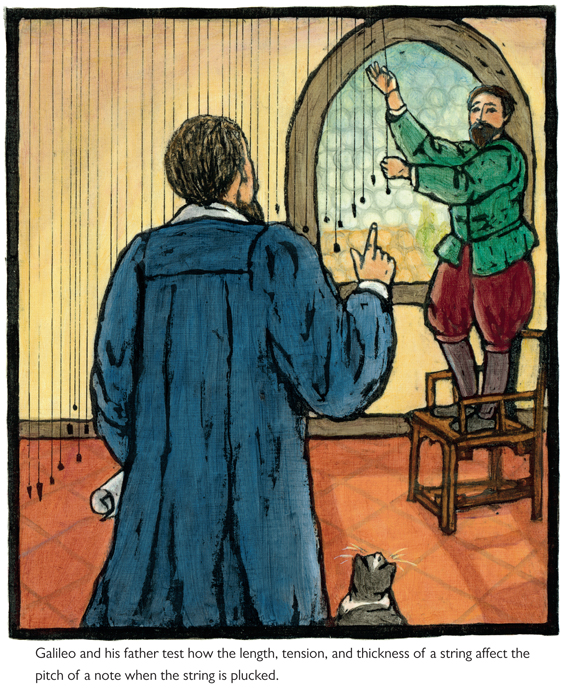
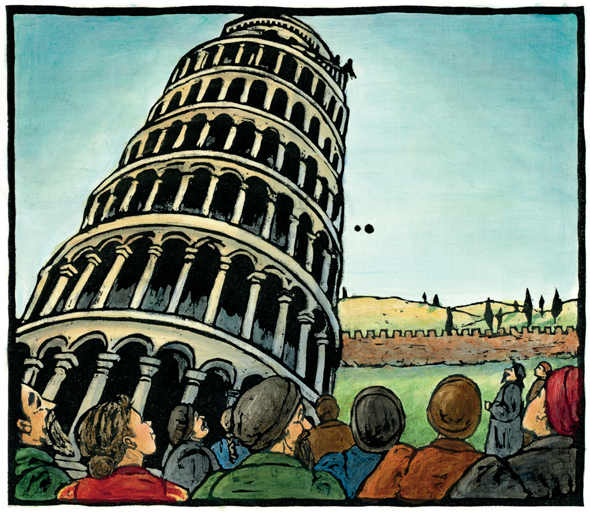
I was not popular in Pisa, however. At the age of twenty-five, I scorned tradition. First by refusing to wear the cumbersome robes of a professor, then by disputing one of Aristotles sacred laws of physics.
Aristotle, the famous ancient Greek philosopher, claimed a heavy object would fall faster than a light object. I disagreed. To prove my point, I dropped two cannonballs of different weights from the leaning tower. Just as I predicted, they fell at the exact same rate of speed. But the public was not convinced, even in the face of scientific proof. I was not invited to continue teaching at the University of Pisa.

In the winter of 1592, the University of Padua beckoned, with a better position and time for my own experiments. Back in Pisa, Id observed a hanging lamp in the cathedral swinging back and forth. Each swing, like that of a pendulum, marked a unit of time. The memory of this inspired me to begin a great study of objects in motion, including the pendulum and its possibilities as a timekeeping device.


